Some drivers show up to track days with fancy automated gearboxes that contain more than one clutch. Those transmissions are brilliant pieces of engineering that resolve many problems associated with shifting gears in a high-performance environment. However, many of us opt to use cars with manual transmissions on track, simply because we love driving them. Operating a manual transmission efficiently on track takes work, and most drivers have to practice before they perfect the art of shifting quickly and smoothly, both up and down the gearbox.
At my first racing school, I knew the learning curve was going to be steep, and I was overwhelmed with the entire process. From basic corner theory to racing in the rain, it was a lot of information to process, but my biggest challenge was learning how to heel-and-toe downshift.
In short, effective downshifts are essential to quick lap times. As high performance drivers, we use brakes to slow the car quickly, not a sloppy downshift and engine braking. Plus, brakes are cheaper to replace than a clutch, a transmission, or an engine. Perfecting a smooth and effective downshift technique takes a significant amount of practice and while we can practice this on the road, I truly understood the importance of a buttery smooth downshift when I started racing because I was forced to learn on the fly. I figured, get up to speed, son, or other sports beckon.

If you’re at the point in your driver development path where you need to clean up your shifting, this article is for you. Without getting too esoteric about an overall approach to a quick lap or simple corner theory, we’re focusing on shifting techniques here.
On the surface, a heel-and-toe downshift appears to be a shifting technique, but especially on track, it’s first and foremost a braking technique. When properly executed, it ensures you’ve braked perfectly for the corner you’re approaching, you’ve shifted smoothly to a lower gear, which will optimize your acceleration out of the corner, all while maintaining the balance of your car during braking and downshifting.
For our purposes, I’m going to assume that you’ll be seated properly in your car so that your limbs aren’t extended in order to reach the wheel and pedals. As well, your pedals and choice of footwear should be optimized to reach between the brake to the throttle pedals. In most road cars, I wear skateboard or BMX shoes, which tend to be wider than a typical athletic or racing shoes. In all of my production-based race cars, though, I use large racing-grade pedal covers that provide better grip and minimize the space between the brake and throttle pedals.

The Steps
A perfectly executed heel-and-toe downshift happens so quickly that it’s difficult to comprehend by simple observation, but it can be broken down into six discrete steps:
- Begin braking.
- Push the clutch in.
- Downshift
- Blip the throttle.
- Release the clutch.
- Release the brake.
1. As we’re approaching a corner, start braking at your chosen braking point and because you’re slowing for a corner, you’re going to be using some meaningful brake pedal pressure and you’ll maintain that pedal pressure throughout the braking zone. You’ll need to place your right foot on the right side of the brake pedal, ideally with the ball of your foot securely on the brake pedal.
2/3. While you’re braking, the next step is to push the clutch in, followed by shifting to the next lower gear. These two movements are easy enough, but most drivers find the timing of the next two steps challenging.
4. As you’re braking and maintaining brake pedal pressure to slow the car, the next step is to blip the throttle with the right side of your right foot. In some cars, quick flick of your ankle and in others, it may take what seems to be an unnatural movement to hit the throttle pedal with the right side of your foot.
5. What you’ve done is caused engine speed to increase while the transmission is in neutral and we need the engine to reach higher revs because we’re shifting to a lower gear. The objective is to release the clutch perfectly in time with engine speed dropping so that you avoid any engine compression braking, which will upset the balance of your car while approaching a corner.
6. Finally, you want to smoothly release the brake pedal and avoid jumping off that pedal quickly, as that will also upset your car’s balance at the most critical part of the corner – the point at which you transition your right foot back onto the throttle.
Parked Practice
If you’re new to heel-and-toe or your technique can use some refinement, there’s a simple exercise you can use to improve your on track performance. In the paddock while parked, you can practice that movement of maintaining brake pedal pressure and blipping the throttle at the same time. Sure, you might annoy your neighbors in the paddock, but it’s a racetrack and it’s going to be noisy.
With the engine running, the transmission in neutral, and your car secured from rolling (e-brake or blocks), apply brake pedal pressure just as you would while approaching a corner on track. Focus on rolling your ankle so that you can easily and quickly jab the throttle pedal with the right side of your foot.
Keep an eye on your tachometer because your objective is to consistently see a 2,000 rpm increase in engine revs. (Ex. If your engine idles at 1,000 rpm, shoot for a jab of the throttle pedal that pushes engine speed up to 3,000 rpm.) Practice makes perfect and you want to create that muscle memory for that specific ankle movement. Once you’re able to consistently produce that 2,000 rpm jump in revs with that ankle movement, take it out onto the track.

On Track Upshifts
Although downshifting on track is a serious challenge, that doesn’t mean we can ignore upshifts. When it comes to minimizing lap times and maximizing the lifetime of your equipment, there are a few considerations.
As always, smoothness is key in terms of both shift and clutch action. Just like a well executed heel-and-toe downshift with perfectly matched engine revs and clutch release, upshifts should be smooth and never rushed. Take your time while upshifting to get a feel for your transmission before rushing gear changes. (Sure, we all have that friend who loves to perform speed shifts in their pony car, but that’s won’t help post better lap times nor will it extend the life of the car’s driveline.) With more seat time and mechanical sympathy, you’ll naturally shorten the time it takes to complete upshifts.
Timing of your upshifts is also critical because—believe it or not—most production cars will achieve maximum acceleration when shifting below redline. Instead of using your car’s redline as the shift point, first take the time to understand your car’s power and torque cures in graphical form (the internet is great for this sort of research) so that you can determine more suitable shift points.

Essentially, with each upshift, you want time each upshift so that engine revs settle after the gear change at a meaty part of the torque curve. As you release the clutch and get back into the throttle, engine speed should be at the point the motor is producing maximum torque, which naturally results in the quickest acceleration down the straight. The engineering-minded among us can go a little deeper and use gear charts for technical precision, but sometimes a good feel for the car’s torque curve can go a long way.
Before your next track day or club race, you should always prepare a plan with two or three objectives to improve your performance. If you’re at the stage where you need to work on your upshifts and your downshifting techniques, take these tips and tricks with you so that you can put them to good use.
Don’t be discouraged if perfect downshifts don’t come naturally at first. As with everything, practice makes perfect and in no time at all, you’ll be shifting like Mario Andretti.

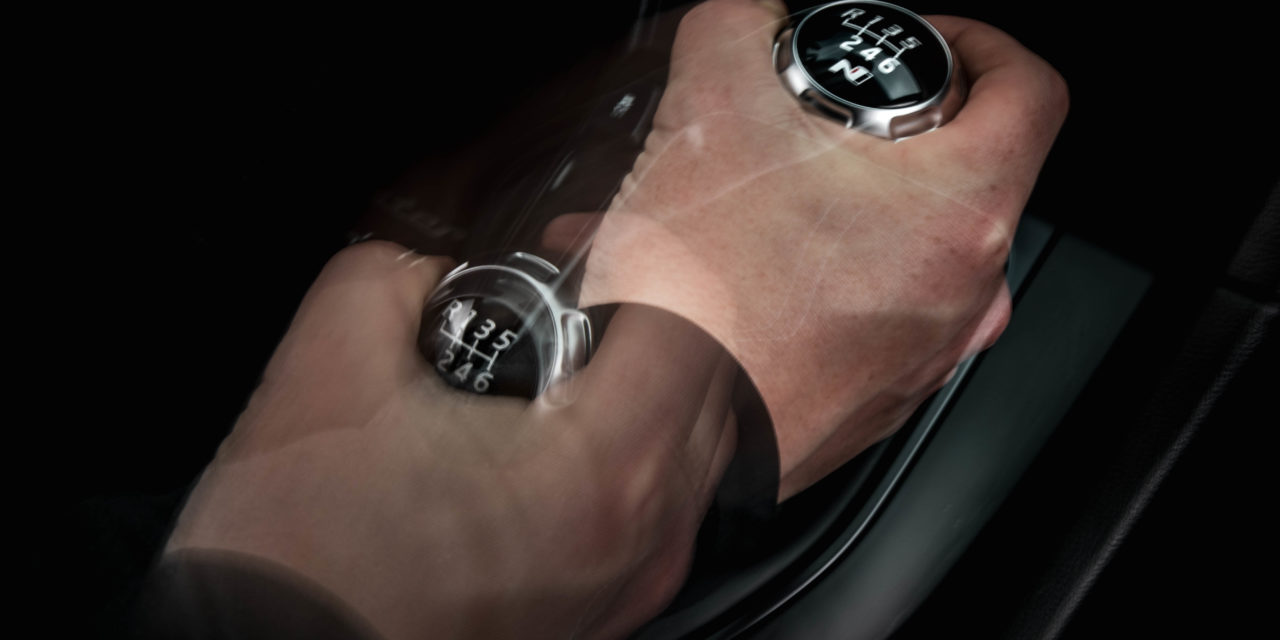
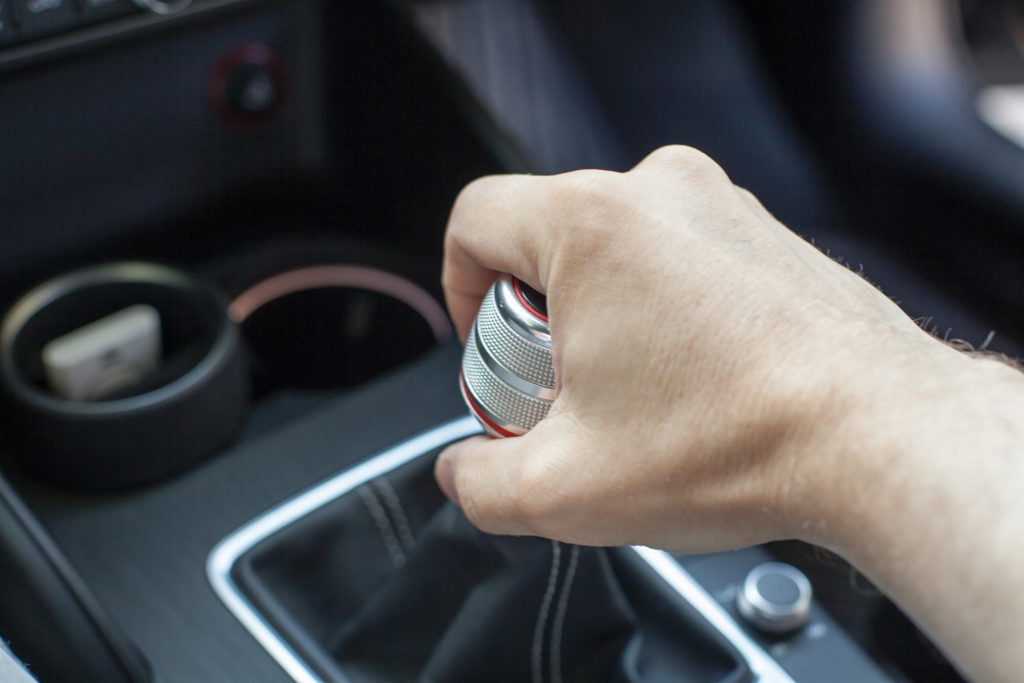
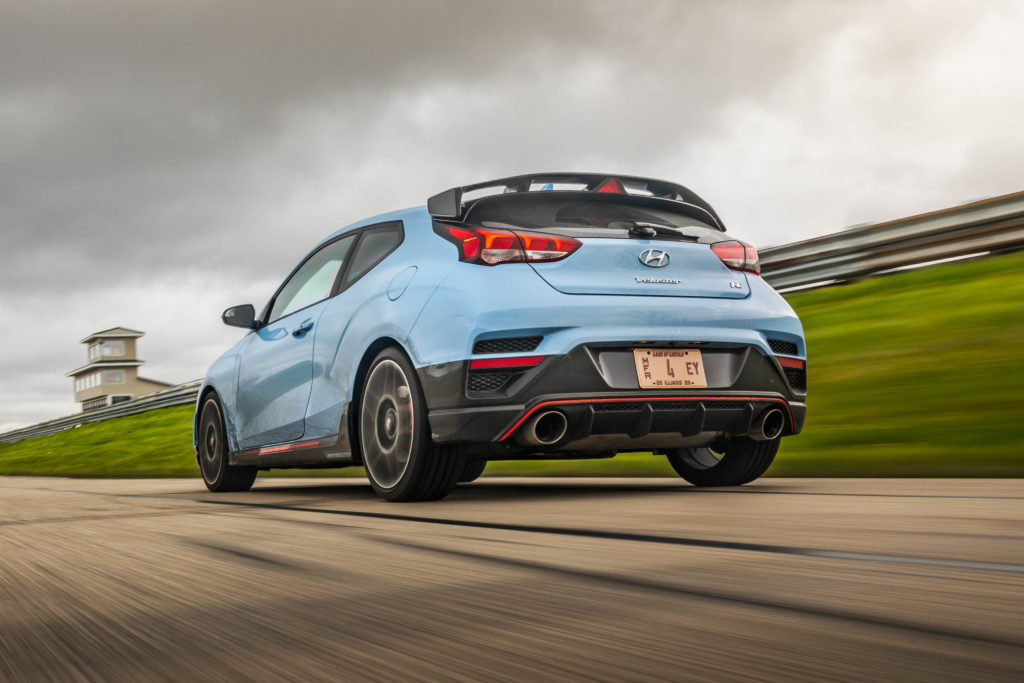
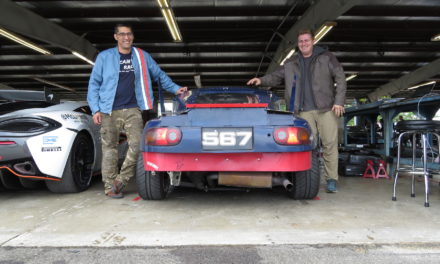
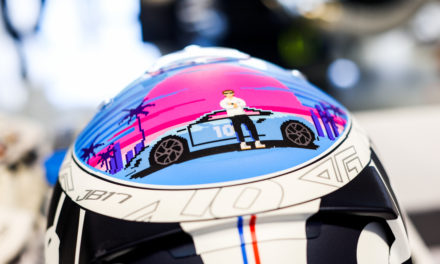

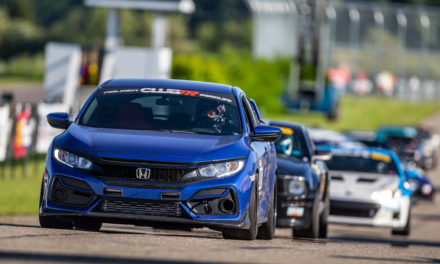

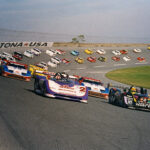
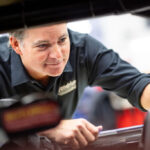

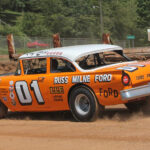
I’m glad you haven’t forgotten how to use a clutch, Brian 😉
Weird how much different cultures focus on different things…Japanese motorsport is all about the footwork, and real races, tv shows, and even manga anime that shows “good driving” will always showcase the heel-toe shift work. Like, it is an “expected” part of any car control scene. In western media, the footwork is like some kind of secret, that keeps “Hollywood” mysterious or something. As in, I had never heard of heel-toe shifting until I started really exploring motorsport over the last five years or so, as an adult. Never even heard of it. When I bought my first real car at the beginning of this new endeavor, I realized that dropping the clutch while entering a turn was just not the right way to enter corners…but had no idea what the right way to do it was. In the movie Ford vs. Ferrari, and in any other non-JDM movie/show I’ve ever seen, not one downshift shown from at the feet.
After learning the technique from youtube university, and lots of practice on the street, I can’t believe I was driving stick wrong my entire life. The biggest trick to good downshifting on the street is keeping a moderate brake pressure that isn’t anywhere close to 100% while still kicking the throttle.
The really funny thing is that I started out riding motorcycles, and that I would do this same idea of rev-matching on downshifts. However, with the motions being split up into three separate limbs including both hands, it didn’t quite translate over to car driving.
As I recall, feet were shown in “Grand Prix”, the movie. Double clutched down shifts under braking, using “Heel/Toe” technique, or, in our cars, “ball of the foot, side of the foot” for the most part.
I learned to drive manual transmission cars, and learned to down shift, matching revs, early. Then came the Bugatti Type 57… with an actual non synchronized gearbox, where rev matching and double clutching was SERIOUS business; especially the down shifts. From that time (when I was 16) to now, pedal position is one of the first things I look at in a three pedal car. Both my enthusiast cars have had the pedal box slightly modified to fit my physicality, with the brake pedal or the throttle moved slightly to accommodate my shoe size. Oh, and this also includes my manual transmission daily drivers. Even if you know the sequence if the pedals are not in the right place, the adaptation can be harder than the actual task. In one case, in a Panoz student race car, I was hitting the throttle with my heal, and the ball of my foot on the brake. Once I got that, the rest was a breeze. On my Mustang Fox track car, I had used pedal covers, offset so that I could snag the throttle on down shifts. The Morgan required a small bend in the throttle arm. Then, downshift heaven.
Learning to apply the brake, modulate the throttle, and work the clutch in concert with the gear selector is incredibly satisfying when it happens perfectly especially at the track, or hard braking for your own driveway.
Listening to a Ferrari with F1 shifting, or a Maserati Cambio Corsa down shift through the gears when slowing to a stop is not only somewhat stirring but informative as to how the sequence works, feeling the engine’s ECU modulating the throttle as the driver brakes and the transmission selects gears.
But, today’s manuals when installed in performance cars usually have a “rev matching” capability which means that even the most ham footed can make a smooth down shift. Usually, I turn that off…
I must be weird. I haven’t driven in any kind of competition in years but I still heel and toe all the time. I often have passengers asking me what I’m doing, and occasionally get a thumbs up in traffic as I come up to a red light or stop. It’s just fun, and I like the interaction with the car.